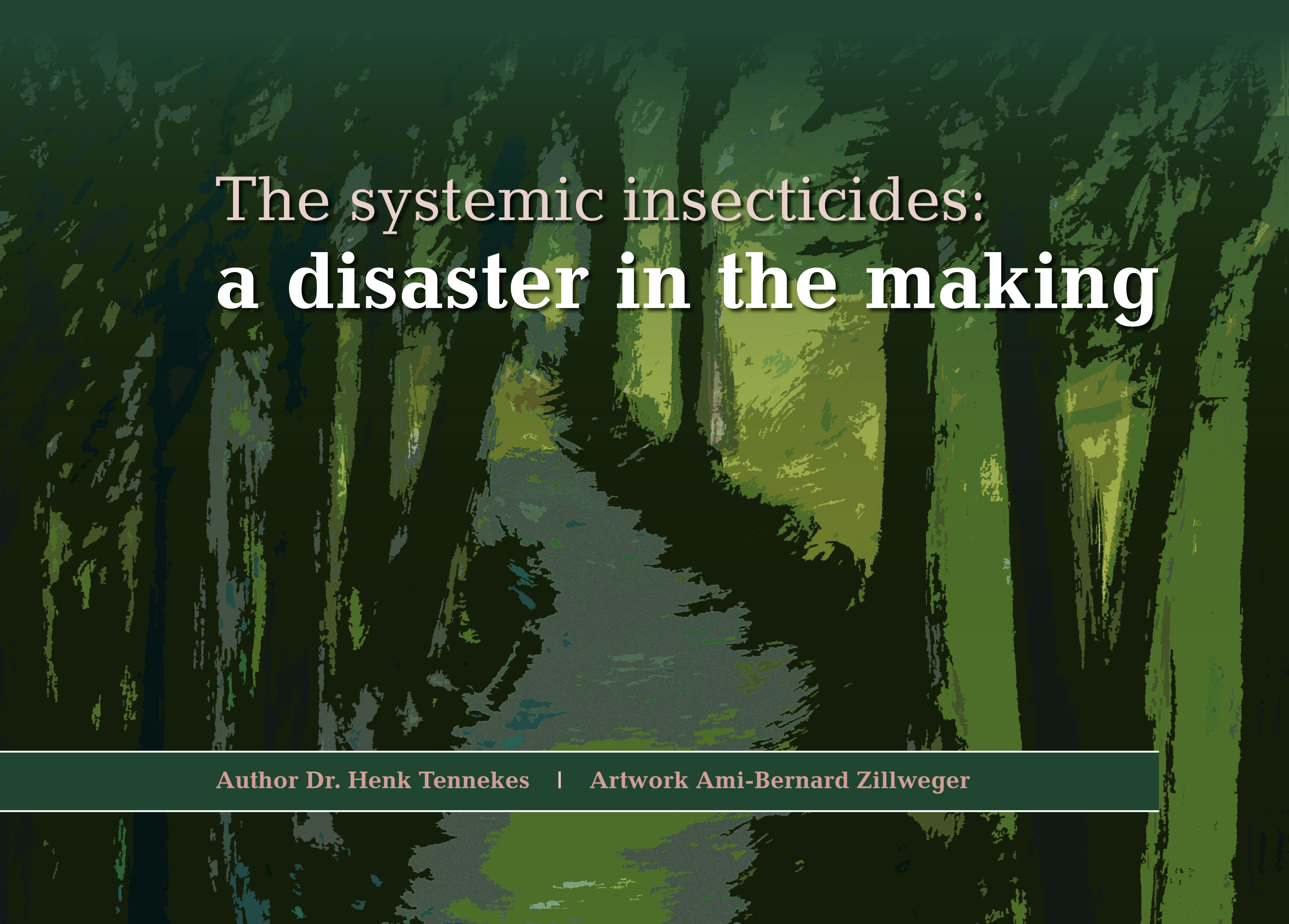Evidence that neonicotinoids are a strong contributor to insect declines should not come as a surprise. Their use has exploded in the last two decades. As early as 2008, the USEPA in one of its reviews of thiamethoxam went as far as to predict “structural and functional changes of both the aquatic and terrestrial ecosystems” following registration of the insecticide. Such a broad statement of concern is rarely encountered in a formal regulatory assessment. It is unfortunate indeed that this EPA scientist’s views fell on deaf ears. Similarly, Tennekes’s self-published assessment of a ‘disaster in the making’ was roundly criticized for being alarmist and not distinguishing correlation from causation – but it now appears to have been correct, if not in all of the details, at least in the fundamentals.
Sanchez-Bayo summarizes the level of concern aptly: “Negative impacts of neonicotinoids in aquatic environments are a reality…. The decline of many populations of invertebrates, due mostly to the widespread presence of waterborne residues and the extreme chronic toxicity of neonicotinoids, is affecting the structure and function of aquatic ecosystems. Consequently, vertebrates that depend on insects and other aquatic invertebrates as their sole or main food resource are being affected.”
Source: Mineau, P. and C. Callaghan 2018. Neonicotinoid insecticides and bats: an assessment of the direct and indirect risks. Canadian Wildlife Federation. 87 pp.

- Login om te reageren
